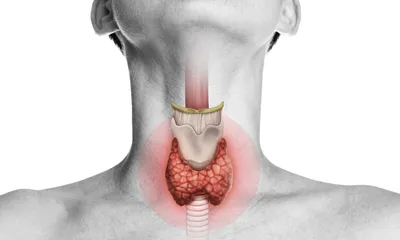Osteoporosis
-
Description
-
Signs & Symptoms
-
Anatomy
-
Cause
-
Diagnosis
What is Osteoporosis?
Osteoporosis is a degenerative condition, and with it, a person’s bones lose structural integrity, become increasingly weak and brittle, and become more susceptible to bone fractures or bone breaks. Human bones are living tissue, and people with good bone health have regular generation of new bone to replace that which has been lost. This process is especially essential for weight-bearing bones like the femurs and hip bones.
A person with osteoporosis doesn’t have their bone tissue being replaced by new tissue to the needed extent, and so bones become weaker and increasingly lack strength and rigidity. Osteoporosis is most common in Asian and Caucasian women, and when women are in post-menopausal years, it can come on strong.
What Causes Osteoporosis?
Bone regeneration occurs very robustly when people are in their youth, and at around the age of 30, most people will reach peak bone mass. From this point forward, a greater amount of bone is lost than is regenerated. This is more pronounced for some ethnicities, and sex, family history, and bone frame size are other factors determining a person’s risk of osteoporosis. People with smaller skeletal structures get osteoporosis more often than others.
Hormonal imbalances can factor into osteoporosis too. Low sex hormone levels (estrogen for women/testosterone for men), excess thyroid hormone (hypothyroidism), and overactive adrenal or parathyroid glands are examples of this. Some people with osteoporosis may want to look at their diet, with low calcium intake or eating disorders leading to insufficient nutritional intake also possibly being why bones weaken more easily.
Medical conditions can also be contributors, and they include:
- Rheumatoid arthritis
- Inflammatory bowel disease
- Celiac disease
- Liver or kidney disease
- Cancer
- Multiple myeloma
Osteoporosis Symptoms
The osteoporosis symptoms experienced by people with this bone disorder include breaking bones too easily, back pain caused by broken or collapsed bones in the spine, stooped posture, and the inability to sit or stand up straight without difficulty. The person may also start to lose height over time. Perceived weakness and hesitancy to lift or carry loads may also be potential indicators of weakened bones caused by osteoporosis.
Osteoporosis Treatment
The most conventional approach to osteoporosis treatment is to have patients on bisphosphonate medications like Fosamax or Zometa, plus taking calcium and Vitamin D supplements. Some osteoporosis sufferers may receive a Denosumab injection once every month, and Evista is a common prescription for post-menopausal women needing hormone replacement therapy for osteoporosis.
Physical therapy that focuses on strengthening muscles around weakened and at-risk bones can be helpful too. The same may be true for balance exercises, and some osteoporosis sufferers are urged to make modifications to the home so the risk of falls is reduced. Installing grab bars outside the shower or tub or a step platform to make it easier to get in and out of bed are examples of these changes.
Signs & Symptoms
- Bone fractures
- Back pain
- Stooped posture
- Loss of height
- Weakness in bones
- Hesitancy to lift or carry
Anatomy
- Bones
- Femur
- Hip bones
- Spinal vertebrae
- Pelvis
Cause
- Low calcium intake
- Hormonal imbalances
- Low bone mass
- Genetics
- Celiac disease
- Liver or kidney disease
- Inflammatory bowel disease
- Rheumatoid arthritis
- Cancer
- Multiple myeloma
Diagnosis
- Bone density scan (DEXA scan)
- Medical history review
- Physical examination
- X-rays
- Blood tests
- Urine tests



